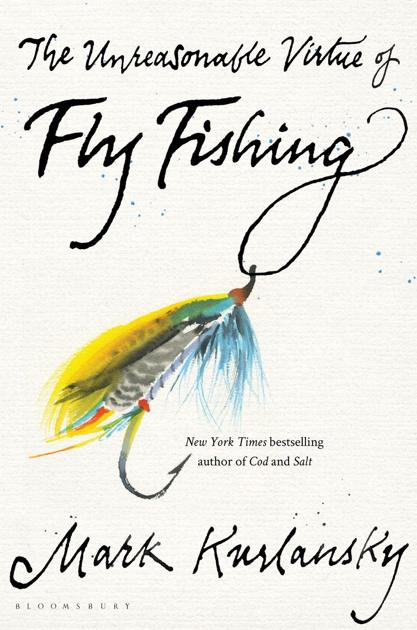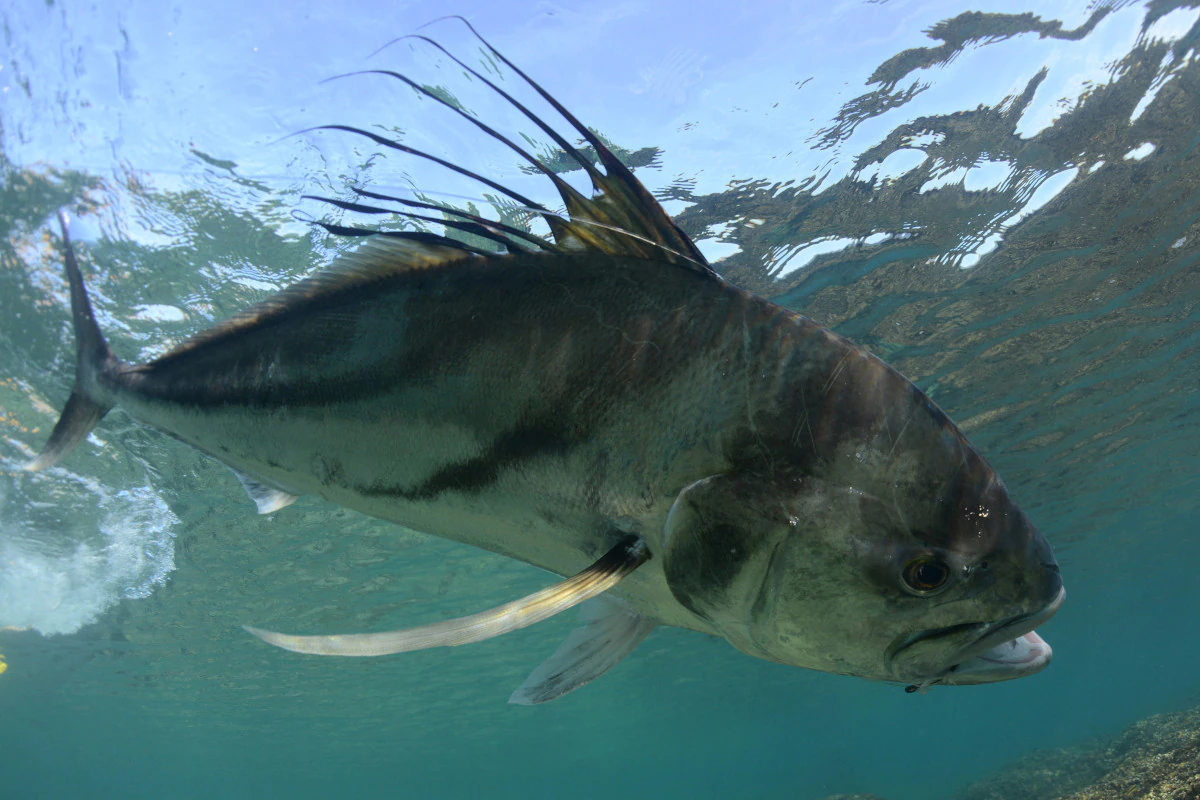“The Unreasonable Virtue of Fly Fishing” by Mark Kurlansky. New York: Bloomsbury Publishing, 2021. 304 pages; $28 (hardcover).
Mark Kurlansky employs his fact-packed writing style to braid the history of fly fishing and the fish, his personal life of fishing from boyhood pond to rivers around the globe, and literary and ethics perspectives on the sport into “A Good Line,” which will draw in those already enamored of fly fishing and at least tantalize those puzzled by the attraction of going fly fishing.
Each part of the fly fisher’s tackle has its own chapter, packed with historical details, lore and personalities: the artificial fly and the artists who create and tie fly patterns; transition from ash or willow to iconic bamboo, to today’s carbon fiber rods; the mechanical and metallurgic transformation of reels; the merits and faults of braided horsehair and woven silk which came before hollow, tapered nylon fly lines; and waders.
Wader-clad fly fishers, the chapter “Wading In” reminds us, came after rubber boots (1850) and neoprene (1931) were invented, before which fly fishing was done from the river bank or a boat, or resulted in sodden boots, socks and skirts. The chapter includes scientific and anecdotal evidence for the sensory perceptions of fish, especially their vision and the effects of sunlight and shadow on it.
Wading gives the angler better access to fish but, Kurlansky points out, “in truth, what most fishers enjoy most about it is the experience of standing in the river, observing the flow of its riffling surface, the downstream force of its water, the sounds all around. … When you are standing in a river fishing you feel as though you are participating in the river’s life.” To be part of nature, he believes, is the attraction of fly fishing. The “Unreasonable” factor that “instead of making fishing easier, wading might be scaring fish away” is another attraction: “All other types of fishing try to facilitate the catching of fish; fly fishing is about making it as difficult as possible.”
The “Virtue” (using Webster’s definition “power or efficacy, especially the ability to heal or strengthen”) of fly fishing is also found through immersion in nature. I became a fly fisher as a participant in Casting for Recovery, which sponsors fly fishing retreats for women with breast cancer based on the healing of nature and the physical motions of casting. Presidents, writers and their fictional characters, and everyone who carries a fly rod to the river may discover while standing in beautiful surroundings, considering the cast and where the fish might be that “This is all I am thinking about and this is as close as I come to not thinking at all and that gives me a special kind of peace.”
The chapter on Fisherwomen tells of catching world record salmon; winning casting competitions, like Joan Wulff, as a path into careers as fly fishing guides and renowned instructors; and designing, tying and marketing flies, as did Mary Orvis Marbury, head of Orvis’ fly division who established its mail-order catalog in the late 1800s. Carrie Stevens’ grey ghost fly, imitating a small fish rather than an insect, revolutionized “streamer” flies in the 1920s. Notably, women’s stories, including Kurlansky’s fishing outings with his daughter Talia, appear throughout the chapters, and those who fish with flies on a hook (once called an angle) are collectively referred to as “fly fishers” or “anglers,” terms coming into common use with the rapid increase in women’s participation in the sport.
Illustrations throughout the text include photo images from the collections of the American Museum of Fly Fishing (Manchester, Vt.) and charcoal, graphite and ink drawings by the author: fly patterns are beautifully rendered although I wanted color, like the cover illustration (I reached for “The History of Fly Fishing in Fifty Flies,” one of his extensive bibliography, to complement); drawings of fishing locales add less to the whole.
Kurlansky writes “Every time you fish, you learn something new. There is no end to it.” Perhaps pursuing a sport you can’t perfect is “Unreasonable,” but his book will add new stories, flies, river destinations and good excuses to your fish tales.
– Reviewed by Jane Bramham, Asheville, N.C.
Credit: Source link































